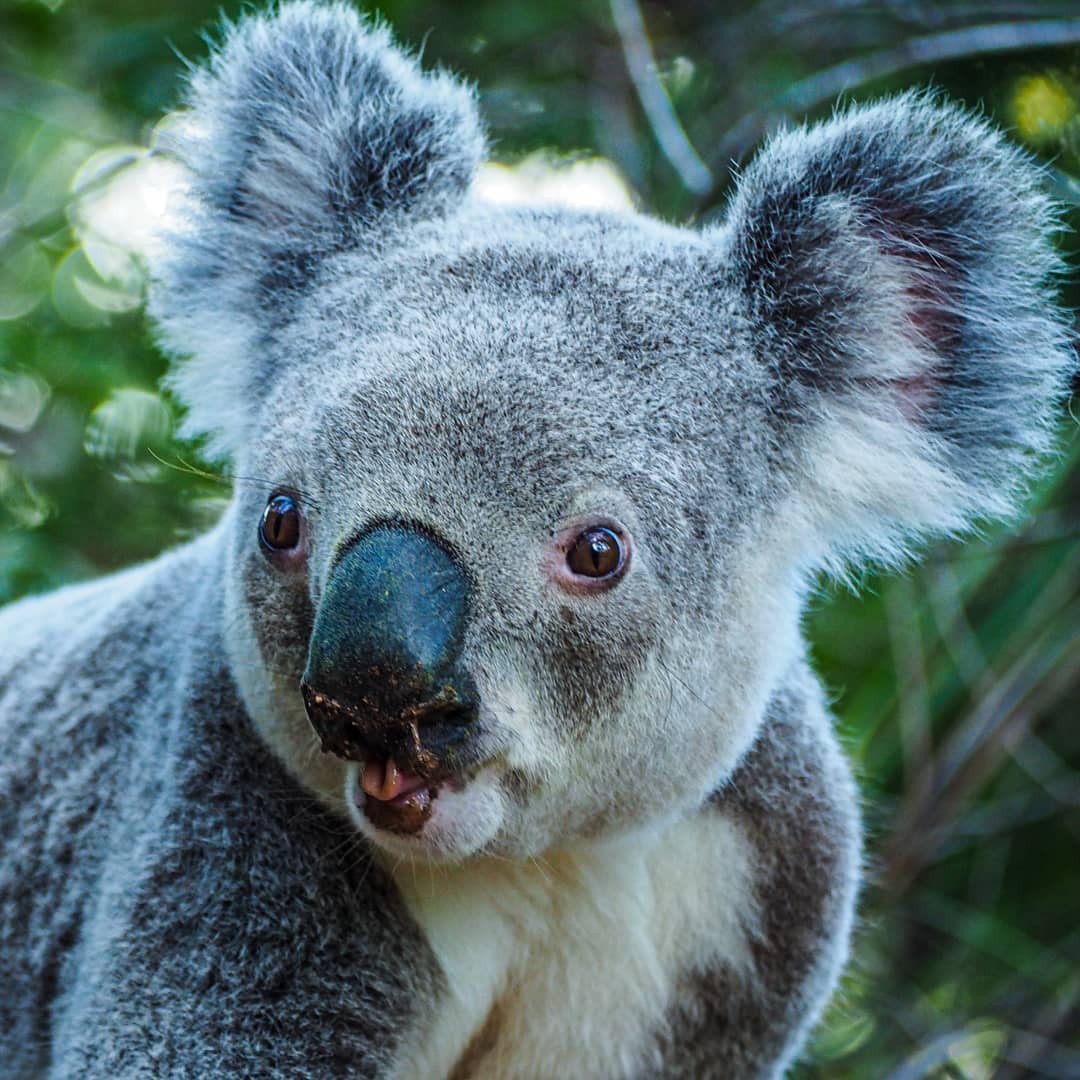The animals we are most closely related to on the earth are birds, amphibians, insects, and mammals. We are also closely related to bacteria, yeasts, protozoa, invertebrates, and plants. The animals are grouped into three main categories, there are fishes, land animals, and aquatic animals. There is great diversity in animals and also in their relationships to one another.

Animals are multicellular organisms, eukaryotic, unicellular organisms in the Kingdom Animalia. With the exception of fishes, all other animals are capable of breathing oxygen, have gills for respiration, are capable of moving, can reproduce sexually, digest food by means of mouth, and secrete waste materials from their pores. All animals possess skin, including the eyelids, the ears, the fur, the tongue, and the genitalia. Most animals make their food and keep it stored in a gelatinous form in organs called glandular tissue.
Blastula is an example of a eukaryotic organ. It is a thin disk, or sometimes a tube, that extends from the base of an animal’s spine to the anal canal. Blastula has many small holes in it through which water accumulates. Many animals secrete urine, a mixture of alkaline and acid, as an excretory product. Some animals excrete excretions through glands called arches, while some animals excrete excretions through lymph nodes, bronchioles, and follicles.
Blastula is an example of a multicellular eukaryotic organism. It is part of the Kingdom Animalia, the phylum Chordata, the class Plankton, the subkingdom Chondroitariae, and the genus Eukaryotillus. The eukaryotes are single-celled organisms with prokaryotic origins. Multicellular animals such as plants, plankton, algae, worms, and mechanics are eukaryotes. Blastula is an example of a eukaryotic animal.
In contrast to animals with a nucleus that does not divide, animals with a nucleus do divide. Thus, all living organisms are divided into two major groups: Protista and dinarid. Dinarid is the largest animal with a size larger than a human being, including humans. Dinarids include such animals as sharks, placental mammals like hippopotami, rodents, chiroptians, cetaceans, sharks, and rays. Protista consists of all the Earth’s existing animals, including all the fishes, birds, mammals, reptiles, amphibians, and all the arthropods.
This article is part of the “arovalike” article series. See main article here. Thanks to evolutionary psychologists, we are becoming better aware of the uniqueness of human beings and other animals all over the world.
Animals, both invertebrates and vertebrates, have developed through adaptation. The same genetic principles that drive the development of a specific type of animal applies to animals as well. A few examples are the characteristics of dogs and cats, and the octopus and the tortoise. Animals use the same mechanisms to reproduce and adapt to their environment and fellow animals. They also undergo natural selection as they try to survive and thrive in their given circumstances.
A complex process, natural selection is the driving force behind all life on Earth. Selection can be thought of as the division of animals into different classes or grades, depending on how closely related they are to one another and to other animals. The digestive tract is a great example of how natural selection works. Evidence from the fossil record and the living world show that animals develop and modify their digestive systems over time, often to adapt to their environment.
Natural selection is also at work in the world of insects and other lower forms of life. Insects secrete hormones that encourage them to lay eggs, and many insects have elaborate social groups that are successful at raising young. These group members sometimes specialize in particular jobs such as egg laying and child rearing. Major animals like cattle, pigs, birds, and whales also exhibit natural selection in their ability to produce various types of offspring that are able to survive and flourish in their given environments.
All forms of the organism exist due to the mutual association of living beings. Natural selection does not only apply to living organisms, but also to non-living organisms. Evidence for this includes the similarities of some fossil species to modern day mammals and reptiles. The fact that animals and insects tend to share characteristics of their predators, prey, and hosts supports the idea of natural selection. The existence of parasites that live in the hosts’ bodies and secrete chemicals that cause disease supports the idea of natural selection between organisms.